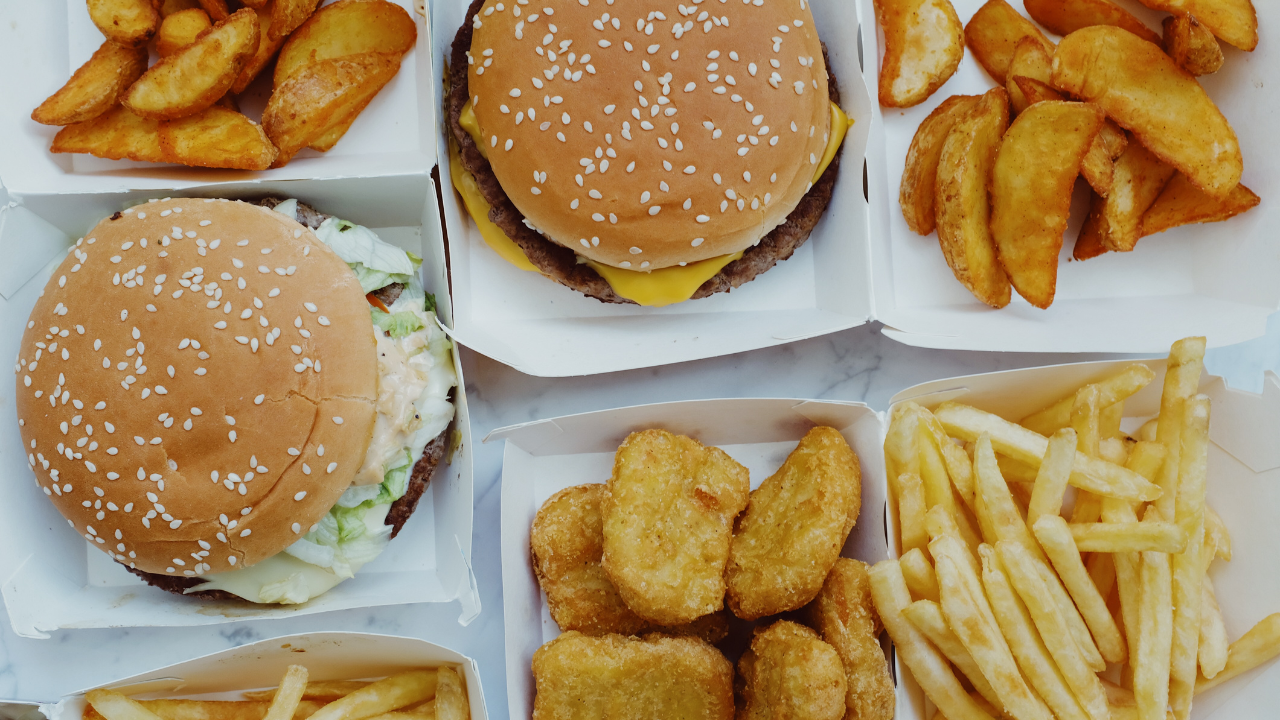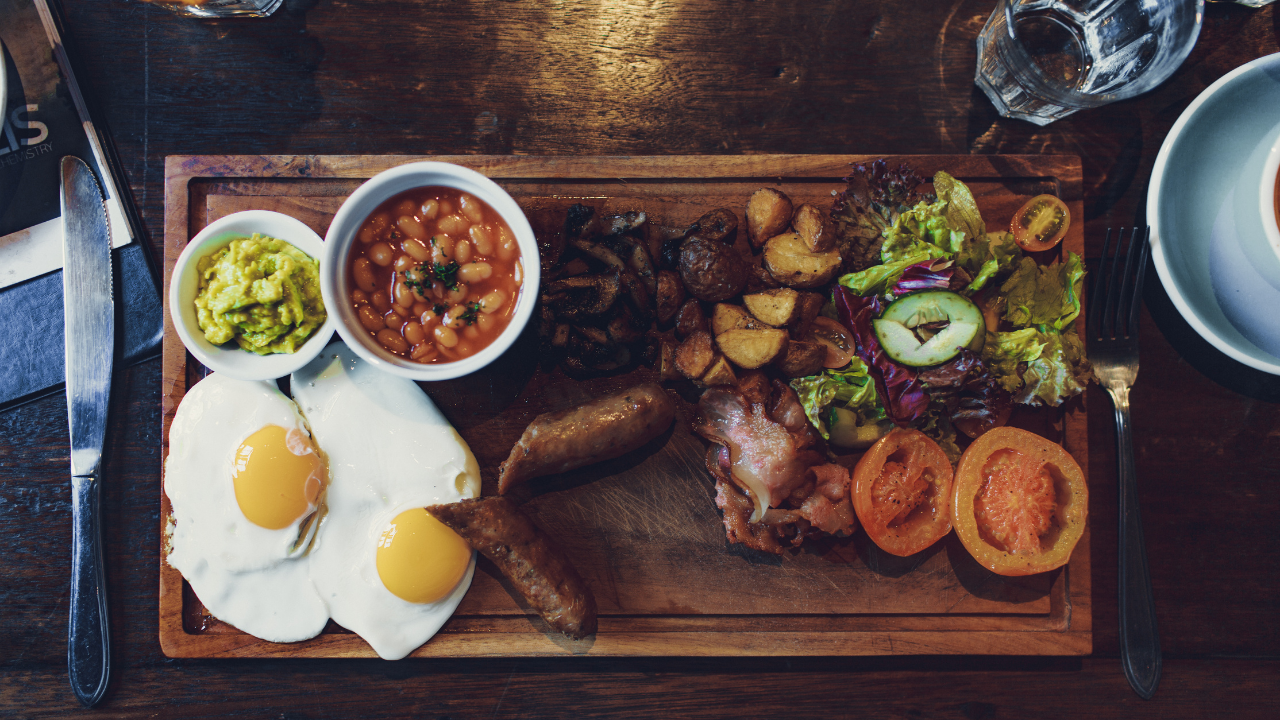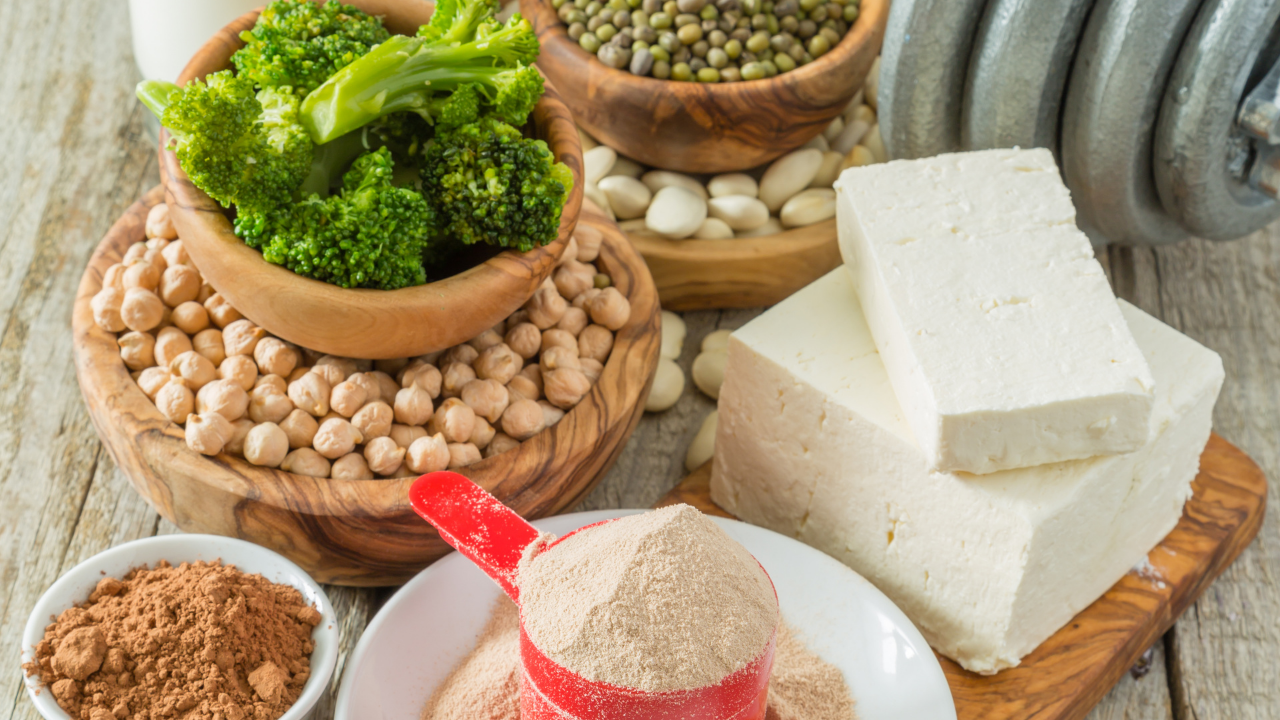How to Bulk – Bulking is the muscle building phase, in which you eat in a caloric surplus to promote weight gain, meaning you consume more calories than you are burning in a day. There are traditionally two types of ways to bulk, called “dirty” bulking and “clean” or lean bulking.
What is Bulking?
Last week we talked about how to cut, meaning consuming less calories than you’re burning to promote fat loss and maintain muscle mass. Bulking is the muscle building phase, in which you eat in a caloric surplus to promote weight gain, meaning you consume more calories than you are burning in a day. There are traditionally two types of ways to bulk, called “dirty” bulking and “clean” or lean bulking.

Dirty Bulking
Dirty bulking is when your aim is to gain weight as quickly as possible by eating as much food as you can stomach, regardless of its calorie content or macronutrient ratio. Dirty bulking is the more well-known method, since it requires less discipline, less restrictions on the types of food and the calories you consume, and is faster. But the downside of dirty bulking is that you also gain fat more rapidly and can lead to overeating.
Lean or “Clean” Bulking
Lean or clean bulking on the other hand, is when you regulate the number of calories and the macronutrient ratio you are consuming so that the weight you gain is mostly muscle and not fat. Lean bulking is also a more gradual process of consuming a small-to-moderate calorie surplus, and therefore gaining weight and strength a lot slower than with dirty bulking. A calorie surplus in a lean bulk can look like 5-10% more calories than you are burning, where it optimizes muscle gain and minimizes fat gain.
Macronutrient Ratio
As mentioned in our Protein Intake article, you should be consuming 0.8-to-1 gram of protein per pound of body weight per day, which works out to approximately 30% of your daily caloric intake. For fats during a lean bulk, it is best to keep it at around 20-30% of your daily caloric intake, and then the rest 40-50% of your calories to carbohydrates. The reason why carbohydrates should take up the rest and majority of the calories is so that your glycogen levels stay higher and allows you to optimize muscle growth.
To learn more, visit Train Fitness.



